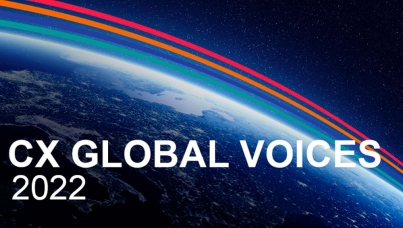Ipsos Joined Forces with Ogilvy & Mather to Issues Report “The Cashless Mobile Life”
By exploring the behavioral forces with Ogilvy & Mather to sort out the ongoing extensive interviews with businesses, and a large-habits of consumers, this report aims to present in all dimensions the current situation and ongoing trend of the mobile payment development, and provide insights and suggestions for brands in mobile marketing.
Post-90s prefer “The Cashless Mobile Life” more
In 2015, the transaction scale of China’s third-party mobile payment reached RMB10 trillion. Grasping a first-mover advantage, Alipay was far ahead in payment amount, accounting for 51.8% of the total; WeChat Pay was the most frequently used mobile payment tool, with its average uses per user per month exceeding 50.
Additionally, user numbers of mobile payment reached 358 million, a 64.5% increase year-on-year. “Non-cash” has become an increasingly popular life style and attitude. Post-90s students and new employees aged 23-29 are vigorous forces among the mobile payment users, and they are more accustomed to the non-cash life style – more than 12% of college-student respondents said they would go out “without cash,” and nearly 35% of young white-collars said they would go out with cash less than 100 yuan.
Mobile payment has permeated all aspects of life and changed basic, everyday habits. This report probes into 5 sectors of clothing, food, home, transportation, and entertainment, analyses payment habits of consumers, and presents specific “IpsosViewpoints”.
- Clothing: From Mobile Shopping To Offline Scanning
- Food: Eat Alone at Home, or Go Dutch Dining Together
- Home: mobile payment is the “water, gas and electricity” of life, as well as its “rice and salt.”
- Transportation: Mobile Payment Carries You Across the World.
- Entertainment: Discounted Film Tickets and Carefree KTV Weekends
Mobile Payment and “Social-ism” with Chinese characteristics
Ipsos finds out that Chinese mobile payment behavior represents a strong social motive. Not only do people enjoy its conveniences, they also use it to connect to each other in the name of friendship and love. Hence, the unique “social-ism” with Chinese characteristics. Online “hongbaos” (translates to "red envelopes," a reference to the presents of money often given away during celebrations) are closely tied to human feelings. As high as 78% of people would send Hongbao to relatives and 11% of respondents said they would show filial piety to parents through mobile money transfer. Between friends, the usage rate of mobile Hongbao and transfer is as high as 75%, whether being used to go Dutch, as a present or loan, mobile payment makes to-and-fros of money between friends and relatives convenient and hurts no feelings. Upon every big holiday, the usage of WeChat Hongbao increases vastly. However, WeChat Hongbao is not just a unique fervor in the Spring Festival anymore, it has become a habit and cultural phenomenon covering all festivals.
Conclusion
Mobile payment has been gaining large-scale popularity throughout the world. In January 2016, Denmark became the first country to bid farewell to cash. Sweden has announced that it strives to get rid of cash by 2030. Mobile payment is undoubtedly the future of payment. So far, China is in a leading position in terms of scale, user number, and growth rate, while the popularity of a “non-cash lifestyle” in China continues to increase every day.
Mobile payment brings conveniences, as well as grants consumers more choices. Brands need to break with tradition and profoundly understand the idea of “Omni-Channel Marketing” in order to constantly develop new marketing channels and scenarios, understand consumers by harnessing big data, and building closer connections with them.



